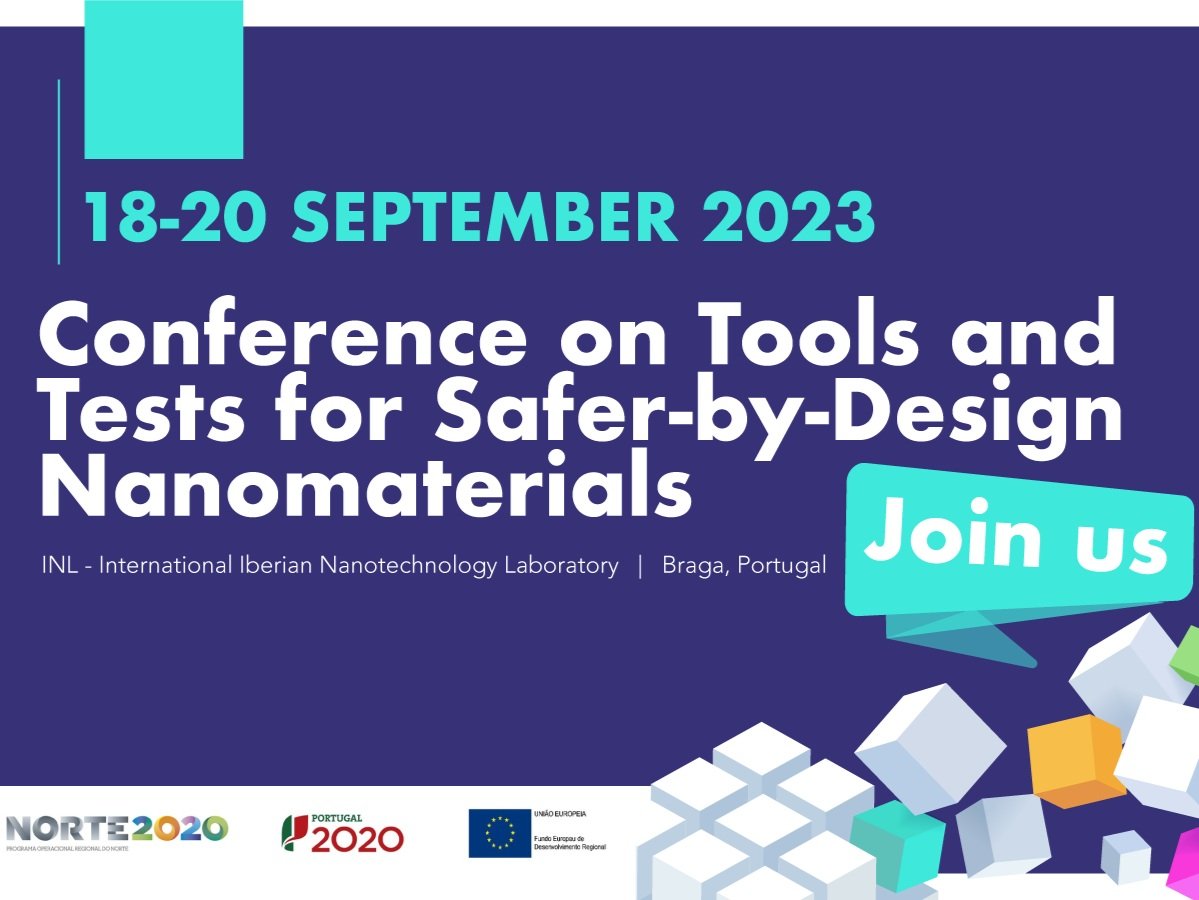
Novel smart nanomaterials for cancer metabolite sensing
October 7, 2020
Researchers of the Medical Devices Group at INL, in collaboration with the Research Institute 3Bs, recently published a front cover article in Materials Advances Journal (Royal Society of Chemistry journals). The team of researchers developed a biocompatible hybrid material, by embedding gold-based nanostructures into gellan gum ‘‘sponge-like’’ hydrogels. This novel material was used as a sensing substrate for biochemical detection of disease-associated cell metabolites. By using these 3D plasmonic polymeric matrices we were able to prove the detection of two cancer-cell-related extracellular metabolites, lactate and thiocyanate. The detection of these two small molecules is not trivial and was only possible due to the extra enhancement offered by anisotropic nanoparticles. This smart hybrid nanomaterial also enables the use of these platforms for the in situ growth and metabolism monitoring of 3D cell models.
Hydrogel-based biosensors are considered an advantage over conventional systems, since they can biomimic the 3D extracellular matrix, immobilizing enzymes, proteins, aptamers or metabolites within detection systems, enhancing their stability and providing the ideal conditions to entrap nanostructures. Additionally, the combination of metallic NPs with supporting hydrogels overcomes the low stability of colloidal nanostructures, offering, simultaneously, a 3D network in which ‘hot-spots’ can be formed and controlled on demand. In this work, they have used the ultrasensitive technique surface-enhanced Raman scattering (SERS) spectroscopy, which takes advantage of the plasmonic and optical properties of nanoparticles to act as antennas and enhanced the fingerprint signal of the metabolites under study.
They’ve also demonstrated the efficient incorporation of two different types of anisotropic metallic nanostructures, gold nanostars and silver-coated gold nanorods, into a biocompatible hydrogel developed at the 3Bs. Remarkably, the fabrication conditions of the 3D polymeric matrices did not have an impact on the morphology of the NPs, nor on their optical performance, as demonstrated by electron microscopy, UV-vis and Raman measurements. Furthermore, these smart 3D matrices can act as optical accumulators, trapping or absorbing molecules from external media to bring them close to the NPs acting as sensing elements in the whole hybrid material. The application of these smart 3D GG-SLH plasmonic biosensors was demonstrated by detecting lactate, a Raman elusive molecule dysregulated in the cancer microenvironment, as well as thiocyanate. As a future prospect, these 3D biosensors have the potential to be used as multifunctional matrices for cell growth and continuous multiplex monitoring of the cell metabolism in organ-on-a-chip models.




